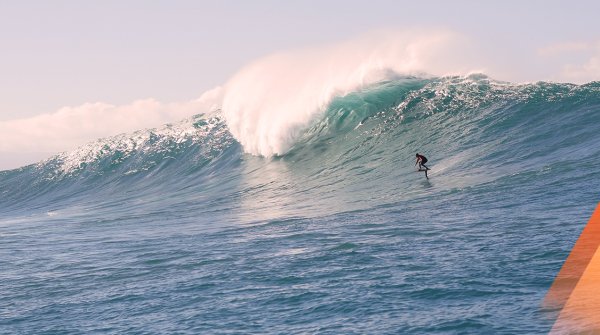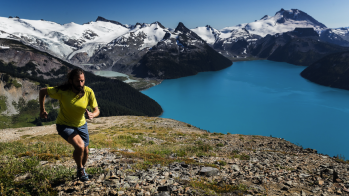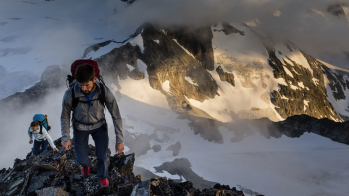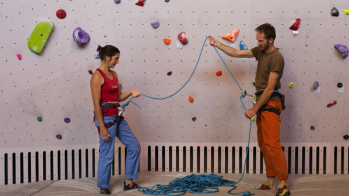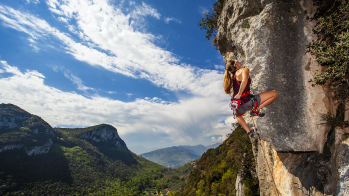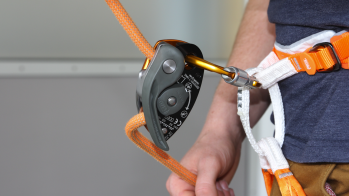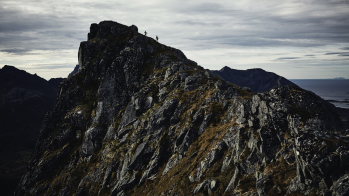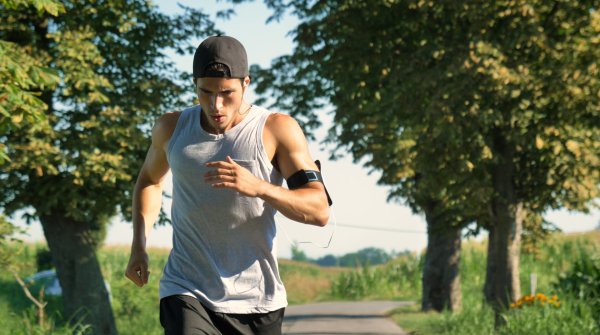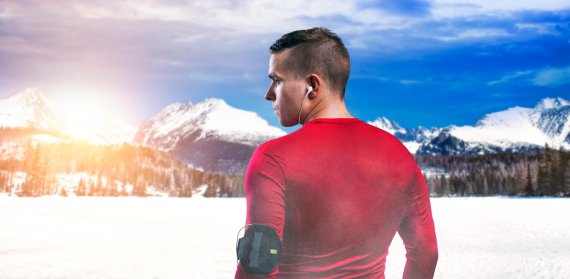
The more persistent and passionate fitness enthusiasts are about a particular sport, the more the question of good equipment arises. Often the active participants delay the decision for the top equipment, because on the one hand it is a question of not insignificant investments, on the other hand the question about the effect cannot always be estimated in advance. Does the new board, wheel or driver really do as much as you'd hoped?
If it's all about the performance aspect, there's no hurry. The situation is different when security issues play a role. This can quickly be the case for trail running in difficult terrain. Shoes in particular are a decisive factor here.
Trail running shoes combine various characteristics to withstand the rough conditions of the terrain and to provide the right hold, especially on mud and damp ground. Professionals will even need several models in the long run, while hobby runners will at least be able to make do with normal running shoes on fixed forest paths.
In general, trail running shoes are particularly stable, have a high stiffness and a low weight. The toes are protected by an attached cap, the processed materials are breathable and waterproof. The fit and sole have been worked in such a way that the shoe provides ideal support on different surfaces.
The shoe has a low centre of gravity, for the ribbed / nubbed sole, special rubber compounds are used for the best grip. The heel section is particularly wide. Sole and midsole guarantee that pointed stones or roots do not penetrate and cause injuries.
Trail running shoes are unsuitable for running on asphalt, especially due to their low damping. Runners with an over or under pronation, i.e. a more inwardly or outwardly inclined rolling movement of the foot, must fall back on special models. Leading manufacturers such as Salomon, Nike or Adidas offer these.
Special competition shoes, which are often used as second shoes, are interesting for professional trail runners. They weigh only a minimum of weight, but are still robust and ensure that the speed can be kept high with the optimum energy yield. For example, mid-foot runners can use Salomon's S-LAB Sense Ultra, which weighs just 230 grams and sits close to the foot with a very low blast.
Especially in the professional area it depends on the optimal blood circulation and oxygen supply of the body. Compression tights and shirts can have a supportive effect by tightening the muscles in the thighs and chest area. At the same time, vibrations during trail running are reduced. Also in this area many manufacturers are active, Asics, Salomon, Nike and others. Appropriate socks with the performance-enhancing technology are also available.
Those who do not like to wear compression clothing should pay attention to a high sun protection factor of the clothing. In addition, clothing must ensure optimum sweat removal.
Climbing, trail running and hiking: the whole variety of mountain sports
A good trail running backpack is lightweight, breathable, sits firmly on the back and still offers enough storage space for a jacket, a hydration bladder and small utensils such as a mobile phone or an energy bar. Some of the bags should be reachable while running so that you don't have to stop for a small energy boost in the form of a snack.
The Mammut MTR 201, for example, is one of the absolute lightweights and meets even the most demanding requirements. As a 7-litre model, the backpack manages with just 215 grams.
- ISPO awards
- Mountain sports
- Bike
- Design
- Retail
- Fitness
- Health
- ISPO Job Market
- ISPO Munich
- ISPO Shanghai
- Running
- Brands
- Sustainability
- Olympia
- OutDoor
- Promotion
- Sports Business
- ISPO Textrends
- Triathlon
- Water sports
- Winter sports
- eSports
- SportsTech
- OutDoor by ISPO
- Heroes
- Transformation
- Sport Fashion
- Urban Culture
- Challenges of a CEO
- Trade fairs
- Sports
- Find the Balance
- Product reviews
- Newsletter Exclusive Area
- Magazine


